Lamerton STW (2024)
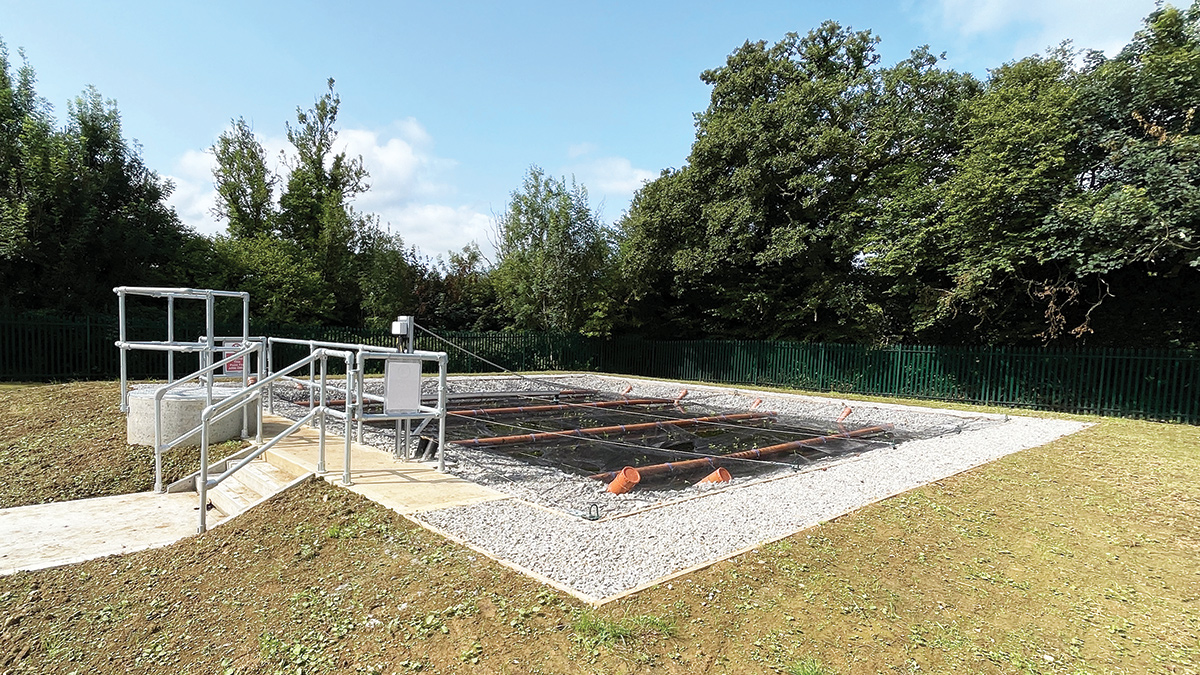
Reactive media filter bed from ARM Ltd was the preferred phosphate removal process for South West Water at Lamerton WwTW - Courtesy of Galliford Try
Lamerton is a village with a population of just over 800 people, located 3 miles north-west of the town of Tavistock in west Devon. Due to the reduction in permitted phosphorus discharge levels introduced under the Water Industry National Environment Programme (WINEP) and the existing aluminium permit on site, an upgrade was required at Lamerton STW to ensure the permitted Environment Agency consent permit was achieved. This required the installation of an new low-carbon phosphorus removal process within the boundaries of the existing sewage treatment works.
Background
Working with ARM Ltd (specialists in wastewater treatment using constructed wetlands, reed beds and natural wastewater solutions), South West Water and Galliford Try successfully trialled the UK’s first full-scale reactive media reed bed at Wilmington STW.
Due to its success at Wilmington, ARMPhos™ technology will also be used at Lamerton STW; treating flows 23% higher than at Wilmington (FFT Wilmington: 3.8 l/s | FFT Lamerton: 4.7 l/s).
Project scope
To meet the improvements required under the WINEP, Galliford Try undertook the following:
- 17m x 17m media bed and associated pumping station with associated pipework and control instrumentation.
- ARMPhos™ media bed for phosphorus removal to meet the new phosphorus permit of 2.5 mg/l.
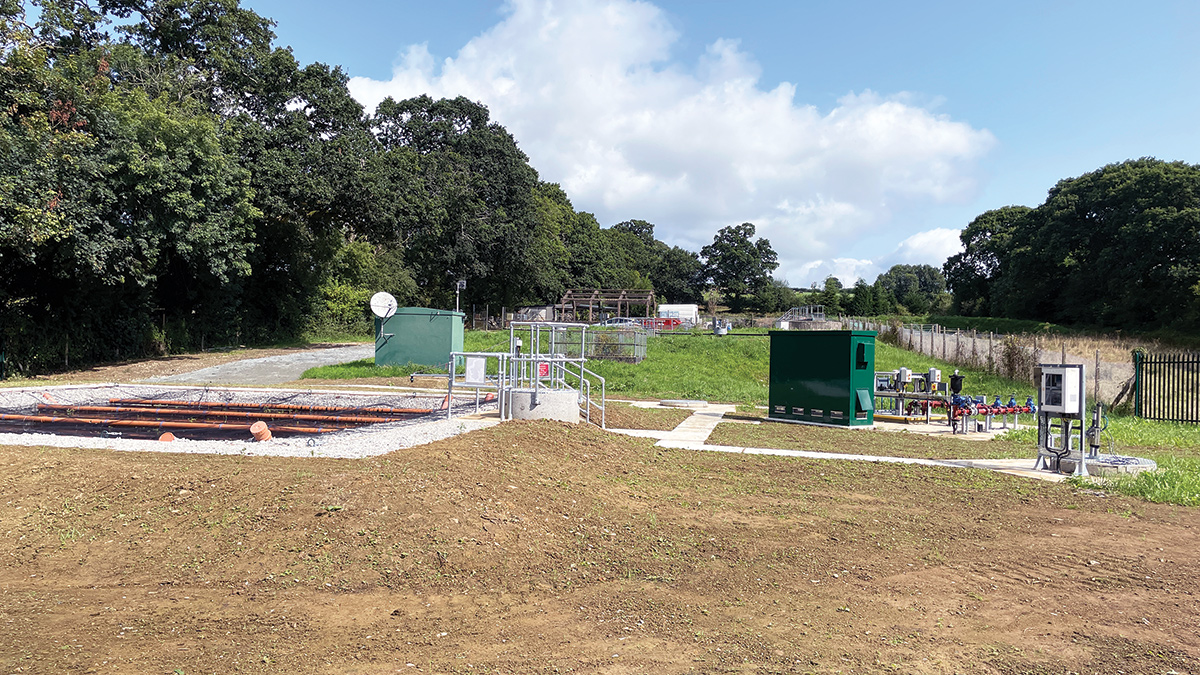
Phosphate removal process added to the works as a new tertiary treatment process – Courtesy of Galliford Try
ARMPhos™ filter
ARM Ltd was contracted by South West Water to design and construct an ARMPhos™ reactive media bed to remove phosphate discharged from the wastewater treatment system; the use of which was the first in the UK for reducing phosphate levels to meet the new Environment Agency consent targets.
The ARMPhos™ reactive media bed operates downstream of the existing works as a tertiary process, and reduces phosphate via chemical reaction with the ARMPhos™ media layer. The system operates on a 40% bypass philosophy (40% treated through the bed and 60% by-passed) with flows being re-mixed in the level control chamber.
As part of the design considerations, the media filter bed outer perimeter banks were raised to mitigate/reduce flood risk i.e. the existing ground level was raised by 930mm to form a flood protection bund around the perimeter of the filter.
ARMPhos™ phosphorus removal system overview
The reactive media, based on apatite, offers two modes of action; an initial adsorption/crystallisation phase of phosphate onto the apatite, which stimulates the second phase of crystallisation of complexed calcium/phosphate out of solution onto the adsorbed crystals. The adsorption phase is driven by attraction of phosphate ions to the naturally occurring cations; principally aluminium and iron, occurring within the apatite. These bind the phosphate to the apatite until all the binding sites become saturated.
The loading rate up to saturation depends on the phosphorus loading rate and volume of media, and it can take several years before this stage is complete. The bound phosphate subsequently crystallises, which seeds the second mechanism which is the crystallisation of calcium/phosphate complexes which form naturally in solution. There is some overlap of these two mechanisms.
The adsorption phase is finite, but the crystallisation phase goes on indefinitely and system performance is ultimately limited by the reduction in hydraulic conductivity of the media.
At this point, refurbishment is required though this may occur 10-15 years after commissioning if the system is designed and installed correctly and loads remain within the design parameters. Traditional reactive media phosphorus removal solutions using slag or other naturally occurring minerals generally only display the adsorption step.
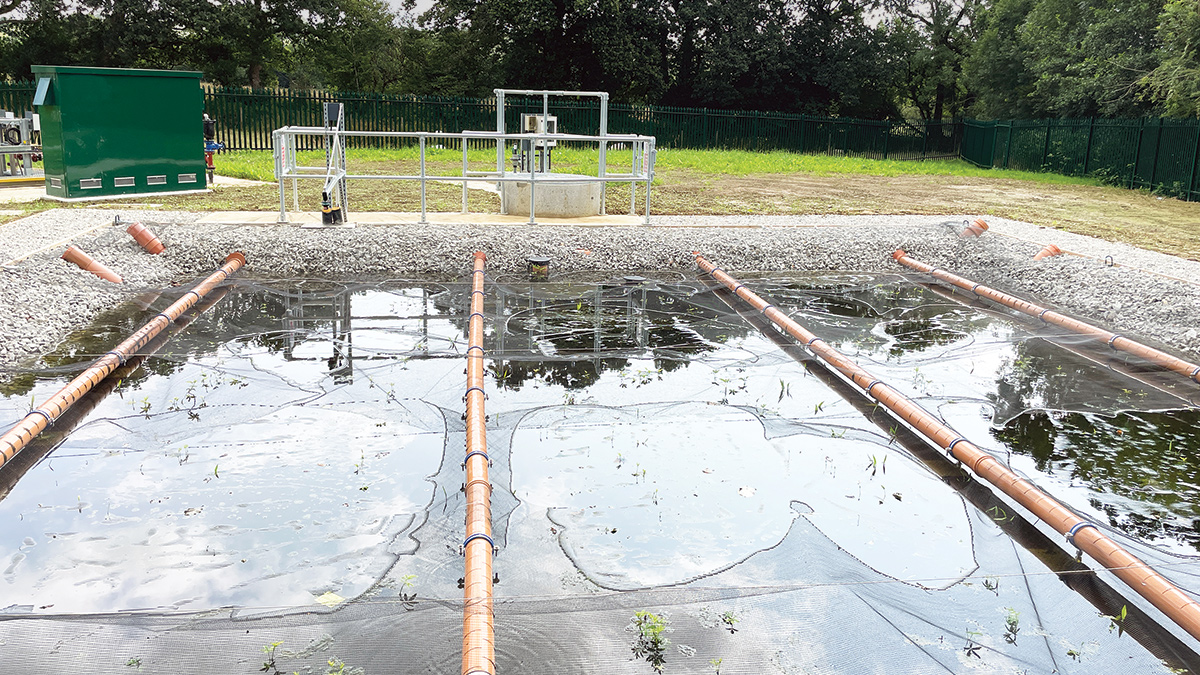
Reactive media bed in operation – Courtesy of Galliford Try
Lamerton STW: Supply chain – key participants
Galliford Try provided a complete design and build package in the delivery of this scheme and collaborated closely with ARM Ltd, who were the client-nominated reactive media filter bed process sub-contractor. Galliford Try also acted as principal contractor for the scheme and undertook construction and commissioning using in-house skilled labour.
- Principal designer & contractor: Galliford Try
- Detail design: WSP
- Process contractor (reactive media bed): ARM Ltd
- Temporary works: MGF Ltd
- Formwork subcontractor: D Wall Construction Services
- Pump supplier: Xylem Water Solutions
- Kiosks: Quinshield Ltd
- Control panel & automation: Galliford Try
- Flow controls: AFFCO Flow Control (UK) Ltd
Carbon savings
This nature-based solution has an extremely low carbon footprint. The process is passive i.e. apart from pumped flow to the bed, it consumes no other power. Apart from changes of the depleted media, (currently estimated every 10 to 15 years) the process has a very low carbon footprint.
The process also benefits from further carbon reductions compared to other phosphorus removal processes as it requires no regular deliveries of chemicals or produces any sludge for export. Galliford Try also reduced their carbon footprint during construction, as all excavated material generated was re-used on site in the construction of the filter. This not only reduced carbon associated with the export of spoil but also vastly reduced the quantity of imported material required including concrete.
The implementation of ARMPhos™ reactive media bed technology resulted in a significant reduction in operational carbon emissions, with an estimated operational CO2e reduction of ≈90% and total CO2e reduction of ≈38% (embodied plus operational CO2e) over 20 year period, when compared to phosphorus removal using a typical chemical dosing solution.
Summary
The use of this technology removed the requirement for any additional chemical-based treatments. This reduces not only day-to-day operator interventions but also removes the constant costs and carbon impact of maintaining a chemical-style treatment process.
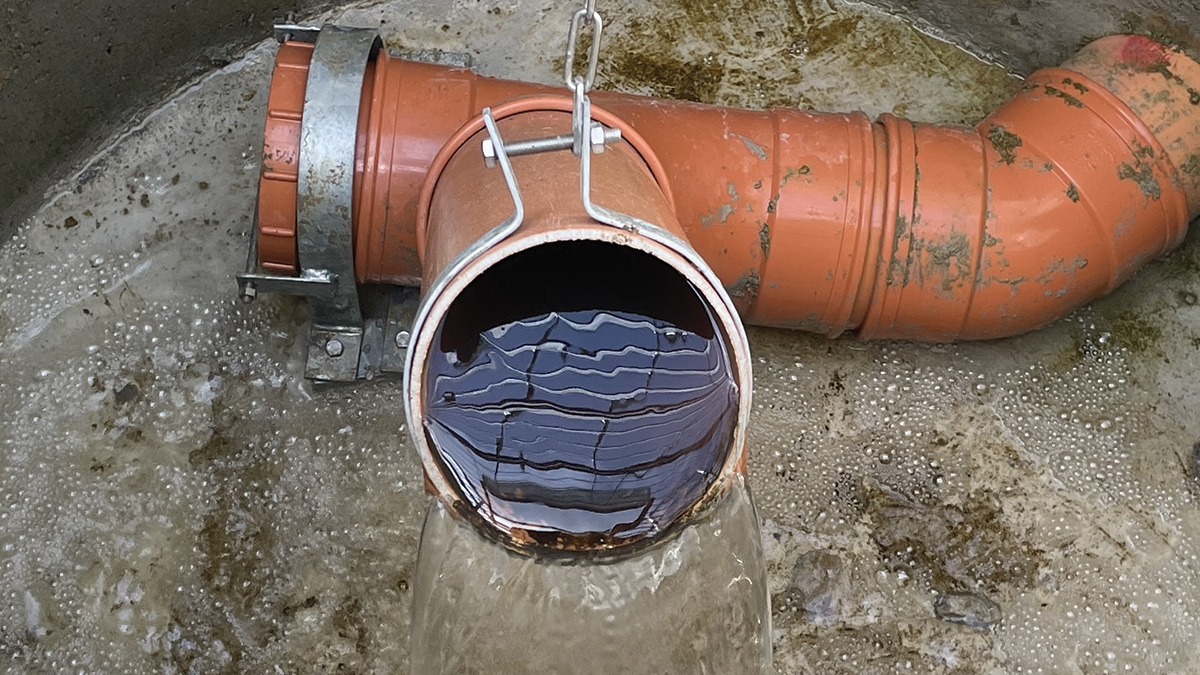
Final effluent post reactive media bed – Courtesy of Galliford Try
This solution achieves the phosphorus permit without risking the aluminium permit and reduces reliance on polyaluminium chloride and ferric; both of which are hazardous materials due to acidity and which require special storage and handling. They pose a serious risk to aquatic life if they enter waterways directly or via surface water drains. It is also safer for operators as there is no requirement for them to handle chemicals.
With this being an installation of a naturally-based reed bed technology, this provided an ecological enhancement to the existing site environment and its surroundings. It also enabled the total carbon to be reduced in comparison to traditional P removal methods; allowing Galliford Try to reduce the total carbon by 52%. The use of this system also reduced Galliford Try’s operational maintenance hours as well as achieving a low visual impact.
The completed project helped to reduce phosphorus discharge into the local river, whilst not having any detrimental effect on alkalinity levels or increases in aluminium content, which would be commonly found in traditional methods of removal.
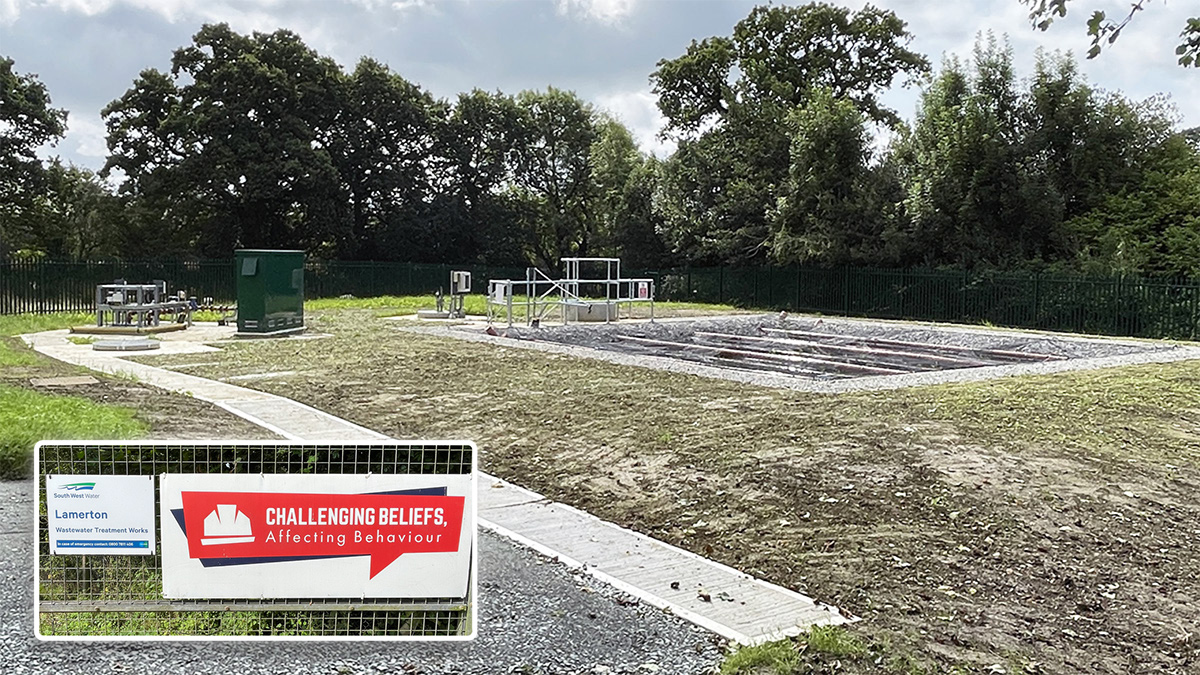
Phosphate removal process constructed at SWW Lamerton WwTW by Galliford Try and ARM Ltd - Courtesy of Galliford Try




